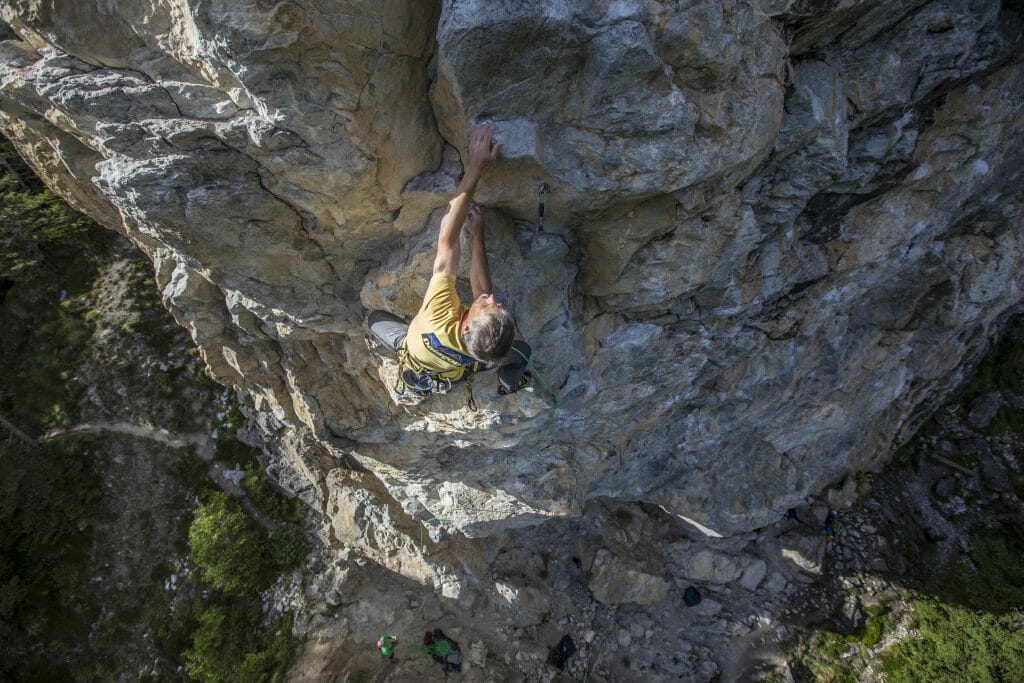Ultimately, climbing in all forms combines fitness, skill, and judgment in varying ways dependent on the climb and conditions on that climb. Fitness alone can take you far on a route like the North Col on Everest, which requires few technical climbing skills. But fitness by itself is less impactful on a technical route that requires a high skill component.
We spend a lot of time, ink, and pixels talking about improving fitness. But how does one best improve technical skill? Everyone involved at Uphill Athlete has spent most of their life dedicated to a technique-intensive sport, whether that be alpinism, rock climbing, or XC skiing, and what we’ve seen time and time again is that it is very difficult to take a skill from high to excellent while training fitness at the same time.
If you’re a beginner, in a way you’ve got it easy; fitness gains will actually facilitate your advancing skills. If you start rock climbing and can’t do a single pull-up and have a weak core, then strength training in parallel with learning to climb will allow you to climb better. This is because your newfound strength will enable correct technique.
If you’re an advanced-intermediate to expert, you’ve got it a lot tougher. For you we recommend separating skill training periods and fitness building periods. In skimo, which has a long race season, this season is a great time to focus on skills, not only movement skills but racing skills, transitions, in-race nutrition, and the like. Then during the seven-month-long off-season, concentrate on fitness gains.
Alpine climbers focusing on one big expedition per year follow a modified version of this. The training block may be longer, eight to nine months, and the last two months, the specific period, ideally involves a lot of climbing. This is something we discuss in detail in Training for the New Alpinism.
Rock climbers often have two primary seasons: spring and fall. So the training periods, winter and summer, are a bit shorter, and rock climbers, with indoor climbing walls, often have the ability to train technique and their endurance, power, or strength in parallel. However, this convenience leads many to omit foundational training and spend too much time on sport-specific training, which often manifests itself as injuries and plateaus in performance.
So what are the three purchases you can make to improve your climbing?
1. Chalk
Go through a ton of chalk. Using a lot of chalk is virtually guaranteed to improve your climbing skill.
2. Rubber
Wear out a lot of climbing shoes. I wear out three pairs of rock shoes a year. Minimum. Professional rock climbers (I’m a mere alpinist) go through far more. An active alpinist wears out a pair of winter/alpine boots every second or third year.
3. Steel
If you’re an alpinist and you want to improve, then wear out a lot of picks and crampons. At my highest climbing volumes I would wear through 2–3 pairs of crampons and 6–10 picks per year. (And I’ve still never broken a pick.)
So, get out there, and happy climbing!
-by Steve House

